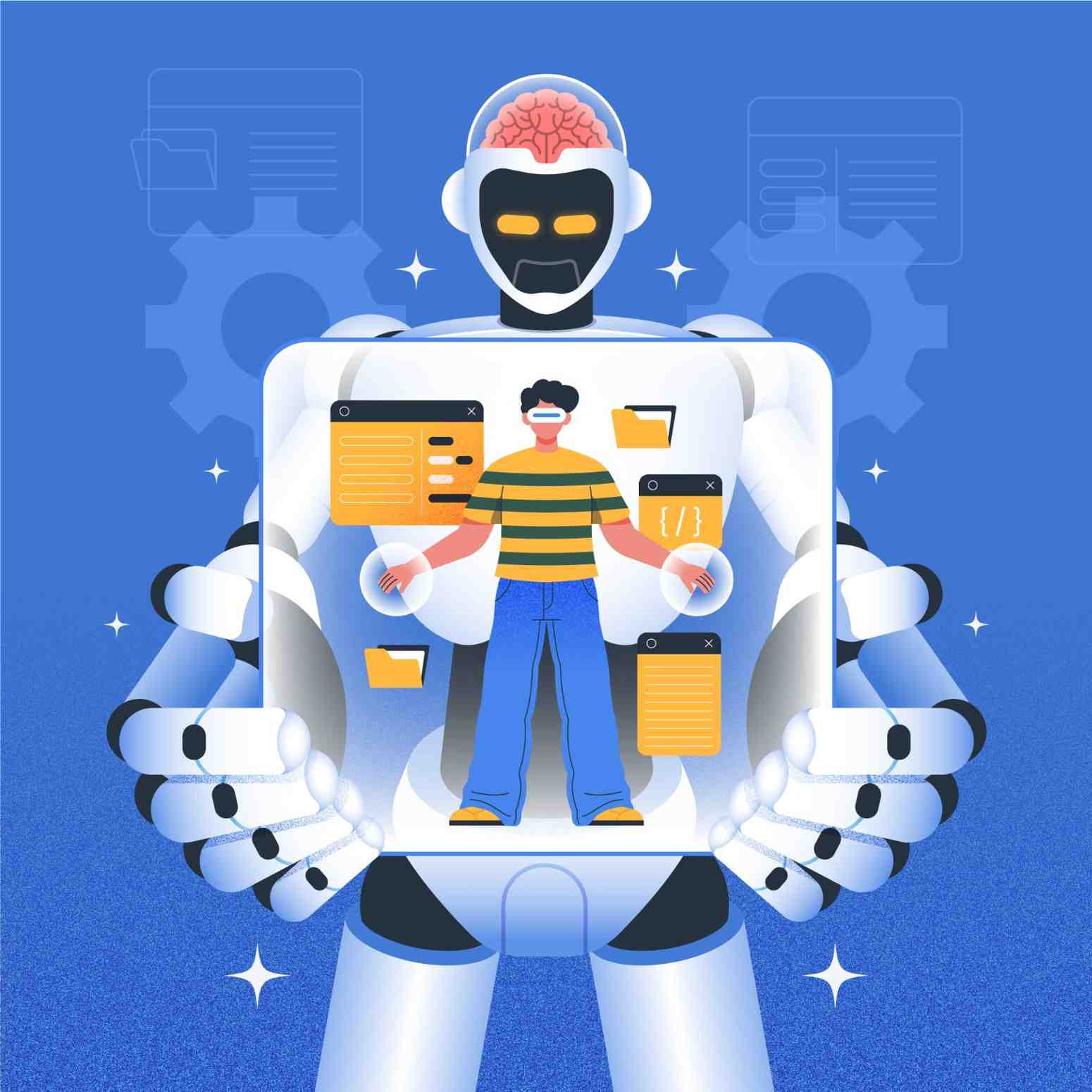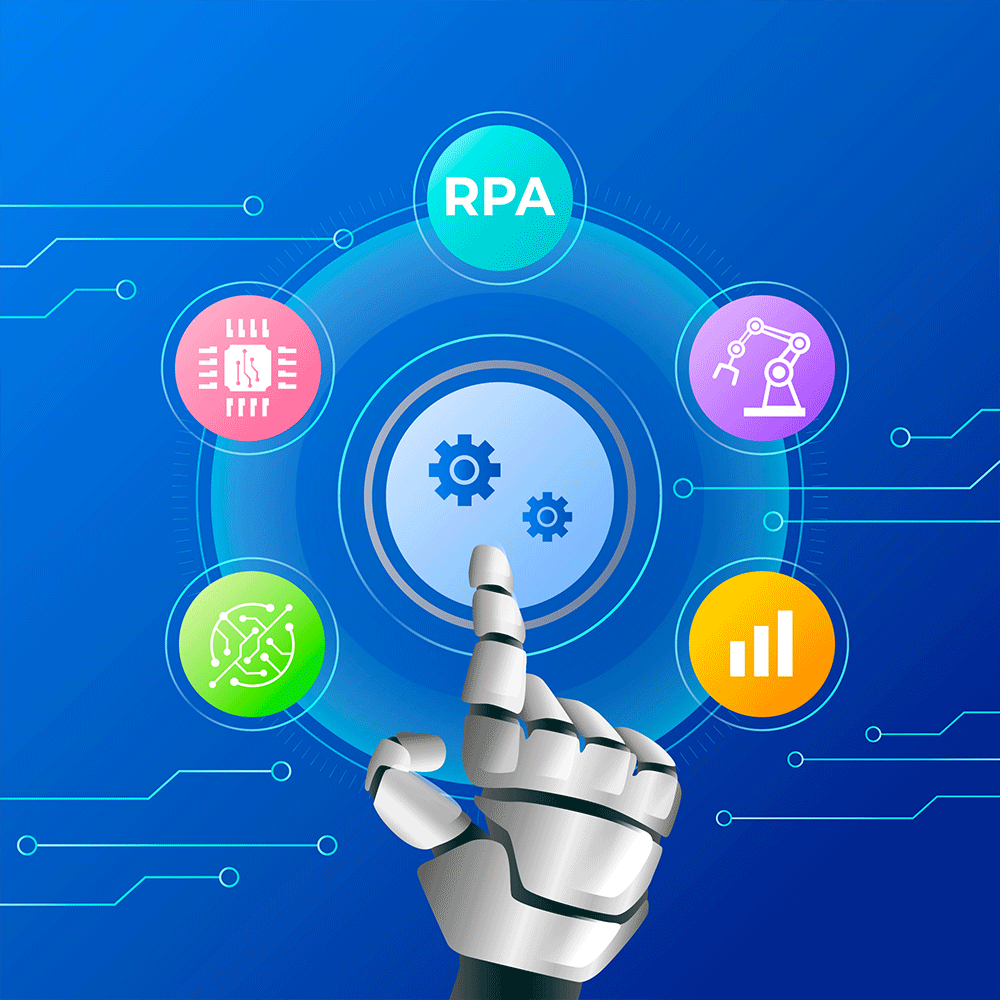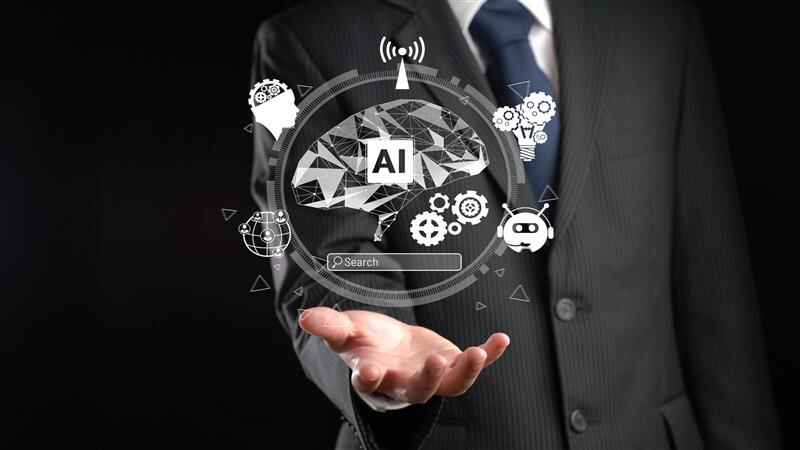The AI Revolution: How AI in BOM Management is Transforming Product Development and Manufacturing Efficiency

The Bill of Materials ( BOM management ) is often called the "recipe" for a product. It is the single source of truth detailing every component, sub-assembly, and material required to build a final product. Yet, for decades, managing this critical document has been a complex, manual, and error-prone process. In today’s era of hyper-complex products, volatile supply chains, and relentless competition, reliance on legacy BOM management tools is a guaranteed bottleneck.
Enter AI in BOM management.
Artificial Intelligence and Machine Learning (ML) are not just enhancing the traditional BOM management process; they are fundamentally redefining it. By automating data extraction, applying predictive analytics to risk, and ensuring cross-functional data integrity, AI is accelerating product development cycles and unlocking unprecedented levels of manufacturing efficiency. This detailed guide will show you how to leverage AI to move beyond reactive data entry to proactive, intelligent decision-making, ensuring your product's recipe is always perfect.
The Core Problem: Why Traditional Bill of Materials BOM Management Fails

To understand the transformative power of AI, one must first recognize the structural vulnerabilities inherent in traditional bill of materials BOM management.
In most organizations, a product passes through several BOM iterations: the Engineering BOM (EBOM), the Manufacturing BOM (MBOM), and the Service BOM (SBOM). Syncing and managing these versions manually—often across disparate systems like PLM, ERP, and CAD files—introduces chaos.
Key Failures of Traditional BOM Systems:
- Error-Prone Data Entry: Manual transcription from CAD drawings to spreadsheets leads to significant mistakes in part numbers, quantities, and units of measure, directly causing production delays and costly rework.
- Component Obsolescence Blind Spots: Engineers often select parts without real-time knowledge of their lifecycle status (e.g., End-of-Life, Last Time Buy), leading to emergency redesigns months later. Managing part obsolescence in BOM is a major headache.
- Lack of Cost Visibility: Pricing information is often trapped in procurement or ERP systems, making real-time BOM cost management impossible during the critical design phase.
- Poor Version Control: Without centralized, intelligent tracking, manufacturing teams risk using an outdated BOM Version Management, leading to assembly failures and quality control issues.
AI-Powered BOM Management: Four Pillars of Transformation

AI in BOM management addresses these failures by integrating machine learning models and predictive analytics directly into the digital thread of product data.
1. Automated Data Accuracy and Synchronization
One of the most immediate benefits of implementing AI in the BOM Management System is the elimination of manual data extraction.
From CAD to BOM: Cutting Hours into Minutes
AI leverages Natural Language Processing (NLP) and Computer Vision to instantly interpret data from engineering drawings, spec sheets, and CAD files. It can automatically identify part numbers, descriptions, and quantities, then generate a validated EBOM.
- Intelligent Validation: AI checks the newly created BOM against historical data, standards, and existing inventory ( BOM Inventory Management ), flagging any discrepancies, such as non-standard materials or duplicate parts.
- Seamless PLM Integration: Tools utilizing AI ensure the best way to sync bom in product lifecycle management is achieved by automatically updating the MBOM and EBOM whenever an engineering change order (ECO) is approved in the PLM BOM Management system (e.g., windchill bom management or solidworks pdm bom management ).
2. Predictive Risk Mitigation and Supply Chain Resilience
AI shifts the focus from reacting to component issues to predicting and preventing them. This is where smart BOM management delivers immense strategic value.
Proactive Obsolescence and Supply Forecasting
By ingesting vast datasets—including supplier lifecycles, global lead times, market demand forecasts, and geopolitical risk factors—AI algorithms can predict potential disruptions for every part of the BOM.
- Obsolescence Alerts: AI can predict, with high accuracy, when a component is likely to go End-of-Life (EOL), allowing procurement to plan a last-time buy or for engineering to initiate a redesign early. This answers the critical question of how to avoid manufacturing delays with proactive BOM obsolescence management.
- Alternative Recommendations: If a primary component is flagged for risk, the AI instantly recommends pre-qualified, cheaper, or readily available alternatives, often sourced via real-time data from platforms like digikey bom manager.
- Cost Optimization: Predictive models analyze historical pricing trends and supplier risk profiles, allowing for instant, data-driven BOM Cost Management and enabling procurement teams to negotiate from a position of strength.
3. Accelerated Design and Manufacturing Workflows
The speed and quality of AI-generated insights translate directly into faster time-to-market.
- Streamlined Change Management: AI monitors and automatically flags the downstream impact of any BOM Change Management request (e.g., a simple material substitution) across all related assemblies, documentation, and tooling requirements.
- Manufacturing Validation: For electronics manufacturing, AI can check the Electronics BOM Management Software data against assembly rules and DFM (Design for Manufacturability) guidelines before the design is locked, minimizing expensive board re-spins and enhancing overall quality. For organizations using SAP BOM management or netsuite bom management, AI integration ensures that material resource planning is based on a verified, accurate MBOM.
Implementing AI-Powered BOM Systems: Strategy and Tools

Adopting an AI-enabled BOM Management System requires a clear, phased strategy that focuses on data quality and integration.
Phase 1: Data Readiness and Infrastructure
Before deploying advanced AI, the underlying data must be clean and standardized.
- Centralized Data Repository: Ensure all component data, supplier information, and cost metrics are consolidated. This is especially vital for companies using tools like excel BOM management, which often creates siloed data.
- Integrate Systems: Your ERP BOM management and PLM BOM management systems must be fully integrated to establish a coherent digital thread. AI can be the bridge that simplifies these complex integrations.
Phase 2: AI Solution Selection and Development
Choosing the right platform depends on your industry and complexity:
- Specialized BOM Software: Look for modern, cloud-based BOM Management Software that natively incorporates machine learning for risk analysis and classification.
- Custom AI Solutions: For highly specialized needs, such as creating systems for complex material compliance or advanced variant handling ( Electronic BOM Variation Management ), bespoke Generative AI development service solutions offer superior flexibility.
- Mobile Access: For field teams or quality control, integrating the BOM data into a custom solution from a mobile application development company can provide real-time inventory and repair information directly to the service floor, greatly improving efficiency and asset tracking ( BOM Asset Management ).
Phase 3: Continuous Learning and Optimization
AI systems are only as good as the data they consume.
- Feedback Loops: Establish a process where engineers and procurement specialists provide feedback on AI recommendations. This continuous learning model improves the accuracy of future predictions regarding component quality, cost, and availability.
- Performance Metrics: Focus on key performance indicators (KPIs) like reduction in scrap rate, decrease in unscheduled production downtime, and reduction in obsolescence-driven redesigns. These metrics prove the ROI of your smart BOM management initiative.
The Strategic Advantage of Smart BOM Management
The transition to AI in BOM Management is a competitive imperative, not merely a technological upgrade. Companies leveraging this technology gain a fundamental advantage:
- Reduced Time-to-Market: Automated BOM generation and risk prediction shave weeks off the product development cycle, allowing for rapid iteration and deployment.
- Higher Product Quality: Accuracy assurance at the design stage ( BOM management for seamless product development and quality assurance ) translates directly to fewer manufacturing defects and product recalls.
- Lower Total Cost of Ownership: By optimizing material costs and proactively eliminating costly EOL redesigns, AI drives substantial savings across the entire product lifecycle.
The era of manual, reactive BOM Management is over. The future belongs to those who embrace the intelligence embedded in their product data.
Conclusion: Embrace the Intelligence of Your Product's Recipe
The Bill of Materials remains the most vital document in manufacturing. By integrating Artificial Intelligence, companies are finally moving past the limitations of traditional, manual BOM Management Software to achieve true manufacturing efficiency. AI enables predictive risk management, automates critical data synchronization, and provides a single, trusted source of component intelligence across engineering, manufacturing, and the supply chain.
If your organization is serious about accelerating innovation and achieving operational excellence, the time to upgrade your understanding of what BOM management is and its potential is now.
Next Step: Contact Us for a Consultation
Ready to transform your product development cycle and implement cutting-edge solutions for BOM management? Our experts specialize in creating custom digital solutions, including enterprise and mobile platforms, tailored to your unique manufacturing environment.
Contact us for a consultation to design your next-generation AI-powered BOM management system and start building products smarter, faster, and more efficiently.
